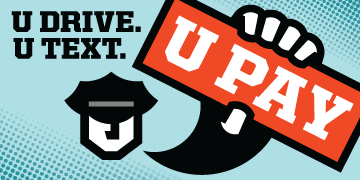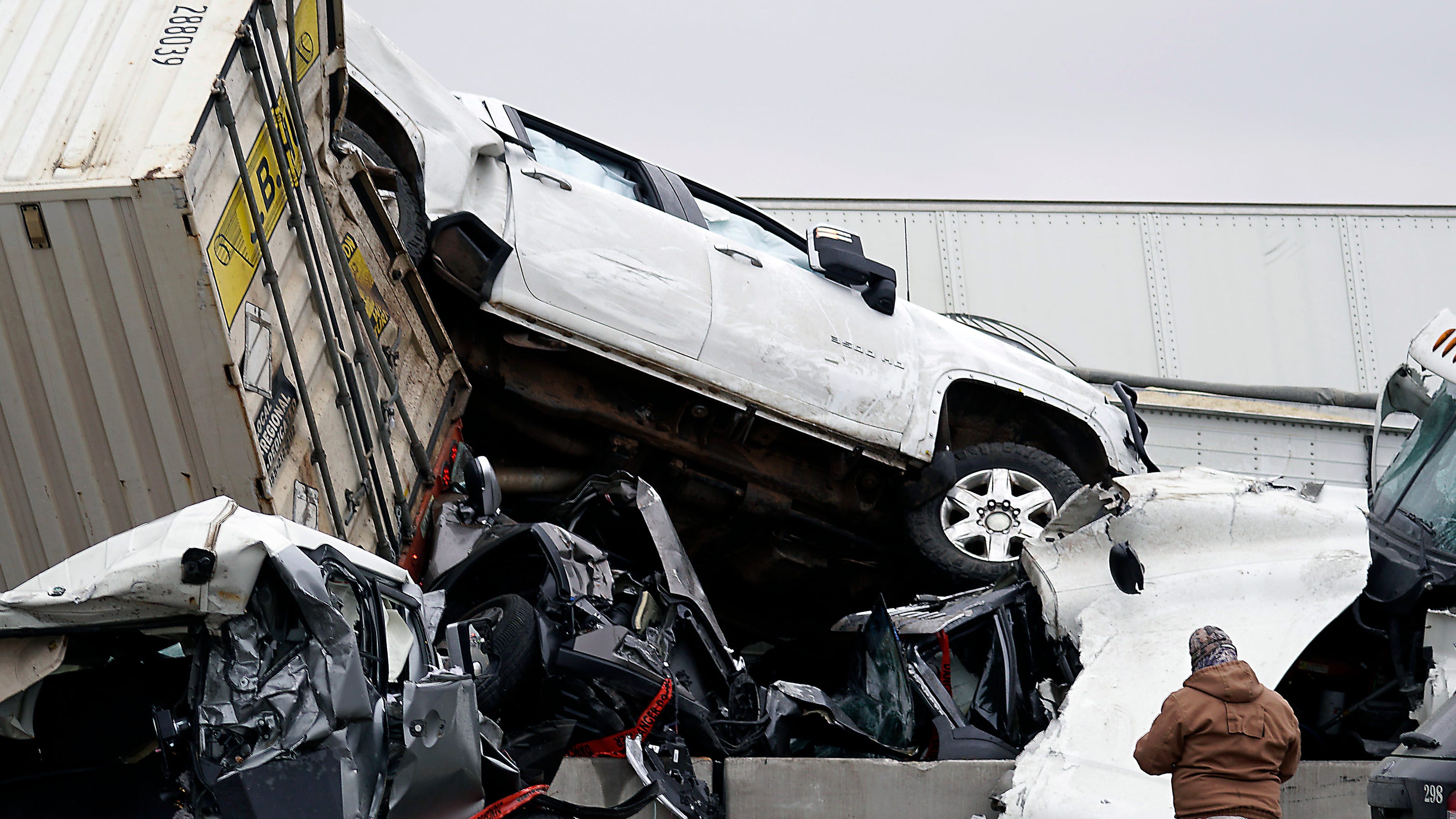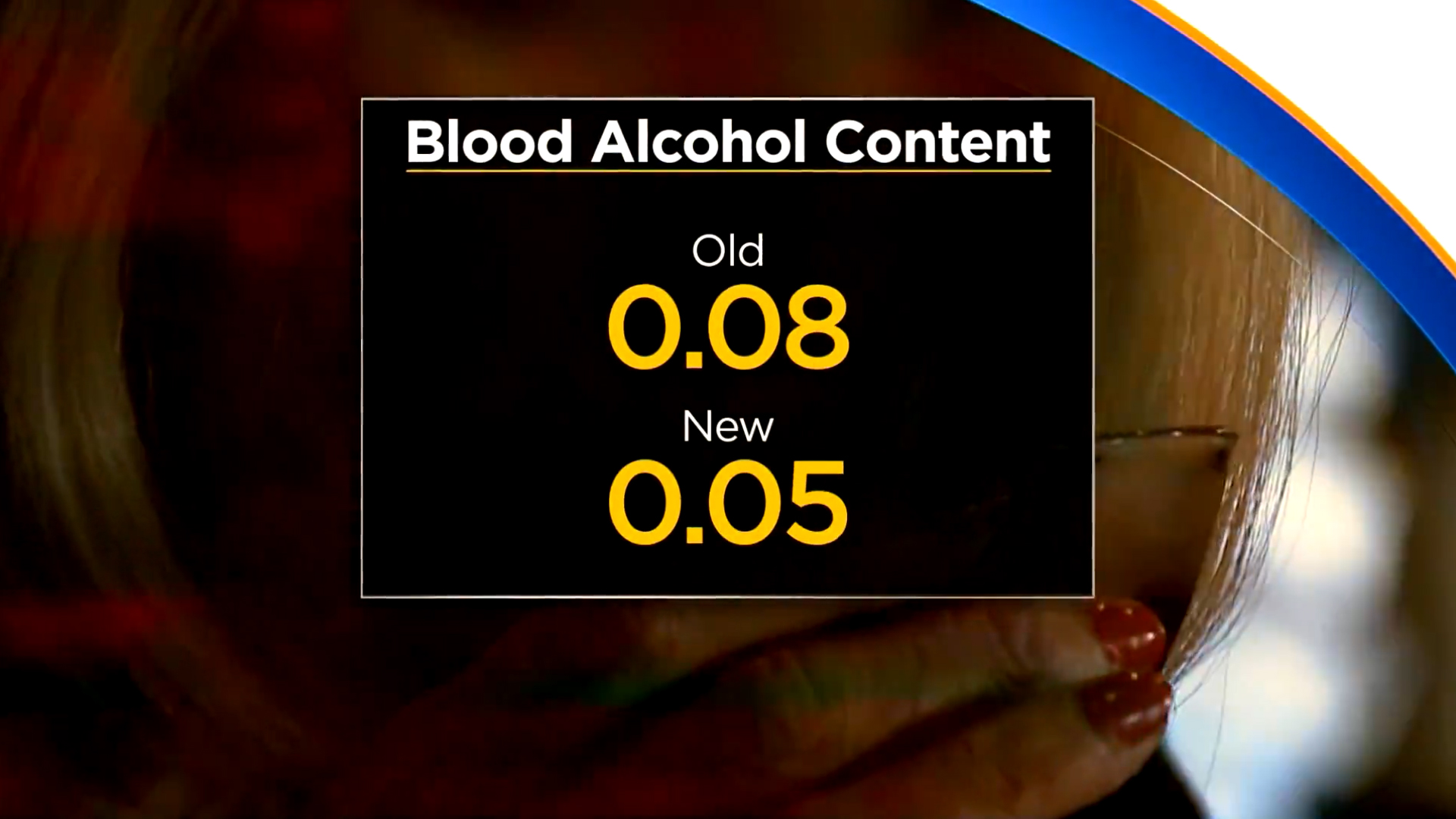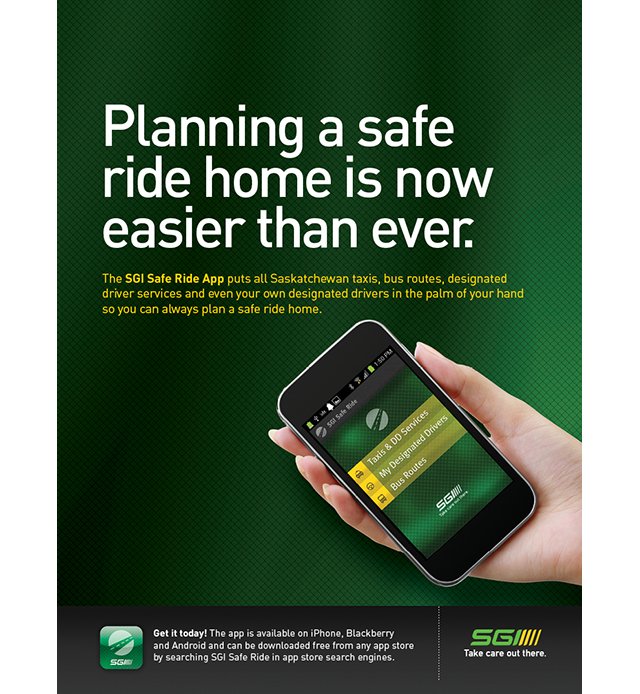
April is distracted Driving Awareness month. A recent report from the National Highway Traffic Safety Association (NHTSA) says that Distracted Driving has become a deadly epidemic on our roads.
Distracted driving is any activity that takes your attention away from driving. Distractions can include anything from texting and talking on a mobile phone to eating and drinking. Other activities include putting on makeup, shaving, reading, programming a navigation system, watching a video, and even adjusting the radio.
“For the past decade, distracted driving has taken U.S. roadways by storm, endangering not only the distracted drivers, but their passengers, pedestrians and others using the road. When we’re behind the wheel, we must focus on one task: safe driving. Anytime you shift your attention from driving, you’re distracted.” ~NHTSA
According to its report, distracted driving killed 3,522 people in 2021. From April 3 through 10, you may see increased law enforcement on the roadways as part of the national paid media campaign U Drive. U Text. U Pay. This campaign reminds drivers of the deadly dangers and the legal consequences – including fines – of texting behind the wheel.
Clearly, Distracted Driving is one of the fastest growing safety issues on the roads today. It’s also one of the most litigous. Fortunately, there’s great advice on avoiding Distracted Driving.
“DO NOT DISTURB” WHILE DRIVING.
Program autoreplies to texts and calls so others know you are not responding because you are driving. Cell phones and providers have several apps and programming options to reduce the temptation to drive distracted. For example, Apple’s “Do Not Disturb While Driving” feature stops notifications and sends a preprogrammed autoreply to anyone who texts the driver while the vehicle is in motion. There are also: AT&T DriveMode®, Verizon Safely Go®, and Sprint Drive First®.
Consider utilizing one of these options to stop notifications while you drive. A great message for a friend or a family member when they try to reach you when you are driving is: “Hi, I am driving right now, so it’s not safe to respond to your message. This is an autoreply to let you know that when I stop, I will get right back to you.” That way, you can tell others that you are not ignoring them. They may see how good the idea is and do the same on their phones.
Otherwise, please contact my office if you, a friend or family member are charged with Reckless Driving or any other crime. Hiring an effective and competent defense attorney is the first and best step toward justice.















